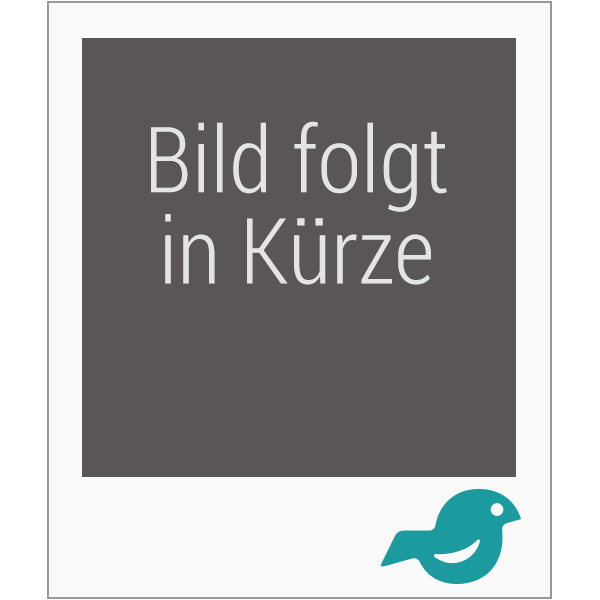Nicht lieferbar

Collaborating towards Coherence
Lexical cohesion in English discourse
Versandkostenfrei!
Nicht lieferbar
Main description:This book approaches cohesion and coherence from a perspective of interaction and collaboration. After a detailed account of various models of cohesion and coherence, the book suggests that it is fruitful to regard cohesion as contributing to coherence, as a strategy used by communicators to help their fellow communicators create coherence from a text. Throughout the book, the context-sensitive and discourse-specific nature of cohesion is stressed: cohesive relations are created and interpreted in particular texts in particular contexts. By investigating the use of cohesion in...
Main description:
This book approaches cohesion and coherence from a perspective of interaction and collaboration. After a detailed account of various models of cohesion and coherence, the book suggests that it is fruitful to regard cohesion as contributing to coherence, as a strategy used by communicators to help their fellow communicators create coherence from a text. Throughout the book, the context-sensitive and discourse-specific nature of cohesion is stressed: cohesive relations are created and interpreted in particular texts in particular contexts. By investigating the use of cohesion in four different types of discourse, the study shows that cohesion is not uniform across discourse types. The analysis reveals that written dialogue (computer-mediated discussions) and spoken monologue (prepared speech) make use of similar cohesive strategies as spoken dialogue (conversations): in these contexts the communicators' interaction with their fellow communicators leads to a similar outcome. The book suggests that this is an indication of the communicators' attempt to collaborate towards successful communication.
Table of contents:
- Acknowledgements
- 1 Introduction: cohesion in discourse
- 2 Cohesion, coherence, collaboration
- 3 Building the method of analysis: lexical cohesion relations
- 4 Spoken and written discourse
- 5 The spoken dialogue: face-to-face conversation
- 6 The written dialogue: mailing-list language
- 7 The written monologue: academic writing
- 8 The spoken monologue: prepared speeches
- 9 Lexical cohesion across spoken and written discourse
- References
- Index
This book approaches cohesion and coherence from a perspective of interaction and collaboration. After a detailed account of various models of cohesion and coherence, the book suggests that it is fruitful to regard cohesion as contributing to coherence, as a strategy used by communicators to help their fellow communicators create coherence from a text. Throughout the book, the context-sensitive and discourse-specific nature of cohesion is stressed: cohesive relations are created and interpreted in particular texts in particular contexts. By investigating the use of cohesion in four different types of discourse, the study shows that cohesion is not uniform across discourse types. The analysis reveals that written dialogue (computer-mediated discussions) and spoken monologue (prepared speech) make use of similar cohesive strategies as spoken dialogue (conversations): in these contexts the communicators' interaction with their fellow communicators leads to a similar outcome. The book suggests that this is an indication of the communicators' attempt to collaborate towards successful communication.
Table of contents:
- Acknowledgements
- 1 Introduction: cohesion in discourse
- 2 Cohesion, coherence, collaboration
- 3 Building the method of analysis: lexical cohesion relations
- 4 Spoken and written discourse
- 5 The spoken dialogue: face-to-face conversation
- 6 The written dialogue: mailing-list language
- 7 The written monologue: academic writing
- 8 The spoken monologue: prepared speeches
- 9 Lexical cohesion across spoken and written discourse
- References
- Index




